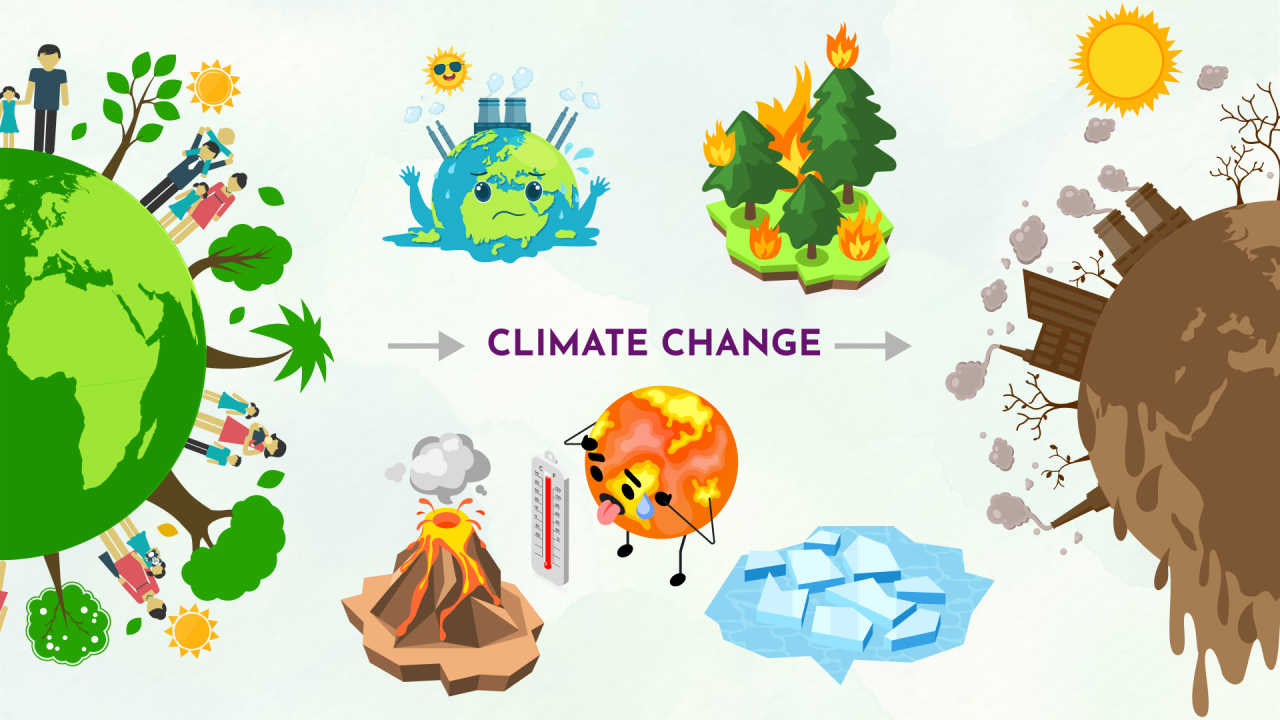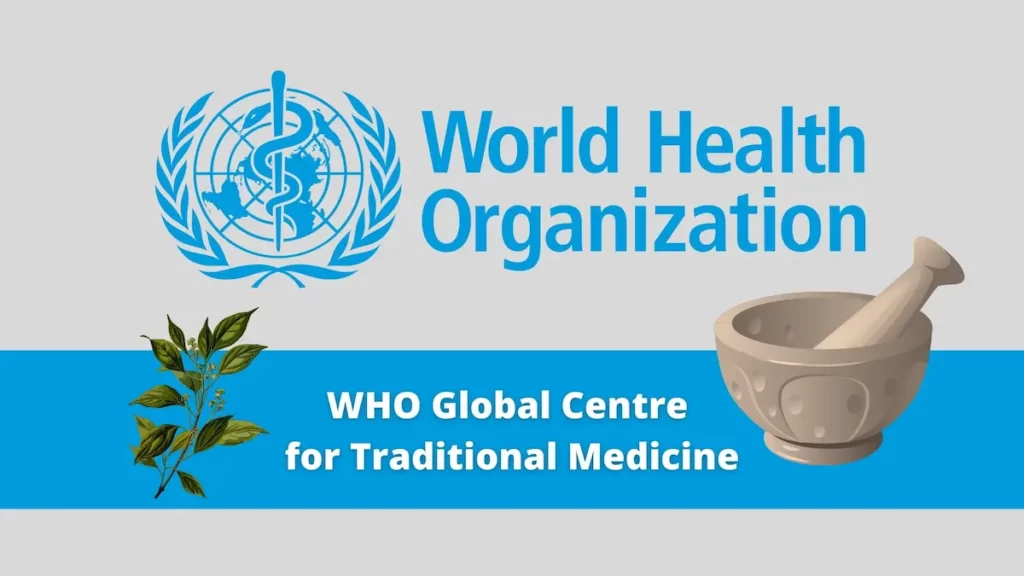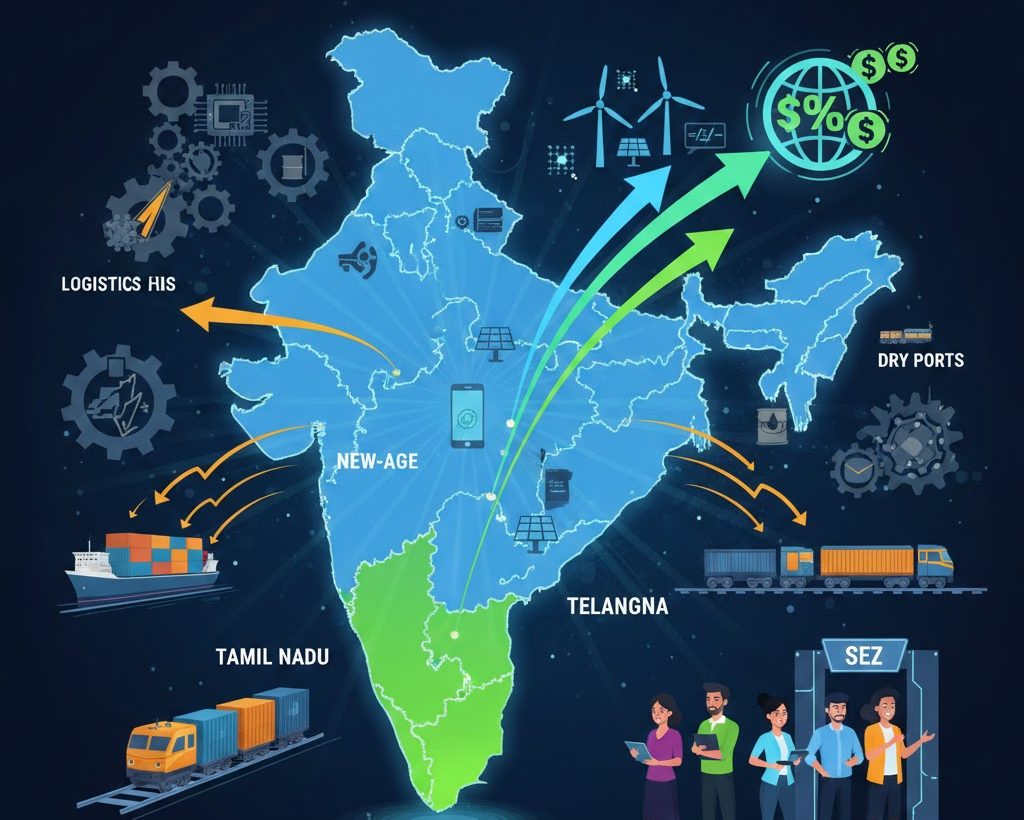Font size:
Print
The Long and Winding Road of India-China Relations
Context:
India and China have taken steps toward normalising relations post-Galwan, but caution remains essential.
Recent Diplomatic Engagements
- January 2025: India’s Foreign Secretary Vikram Misri visited China.
- Meetings with Wang Yi (Foreign Minister, Politburo Member) and Liu Jianchao (Minister, International Department, CCP). It was the first boundary talks since 2019.
- Six-point consensus:
- Resumption of media and think tank interactions
- Ensure stability at the border.
- Data sharing on trans-border rivers.
- Border trade revival.
- Restart of Kailash Mansarovar Yatra
- Direct flights between India and China to resume
- Diplomatic thaw after four years of strained relations.
Modi-Xi Meeting (Oct 2024, BRICS Summit, Russia)
- Agreement on restoring political trust and normalising ties.
- No confirmation on resuming direct flights and journalist exchanges.
Factors Driving the Recent Agreement
- Geopolitical Shifts
-
- Trump’s re-election (2024): Unpredictable diplomacy compels India and China to stabilise relations.
- China’s strategic recalibration: Historical precedent (e.g., post-1989 Tiananmen Square massacre) suggests China reassesses ties in response to internal and external pressures.
- Economic Pressures
-
- Economic slowdowns in both countries encourage pragmatic reassessment of bilateral ties.
- China’s interest in normalising trade relations with India.
Lingering Uncertainties at the LAC
- Lack of Clarity on De-escalation
-
- Troop deployment status: No confirmation on large-scale disengagement since mid-2020.
- Patrolling rights: Unclear if India has regained access to Galwan, Depsang Bulge, Charding Nala, Gogra Post, Hot Springs, Pangong Lake (North Bank).
- Chinese Military Withdrawals: No official acknowledgement of PLA retreat.
- Divergent Narratives
-
- China’s Position: Advocates for moving past the border standoff, focusing on trade and diplomacy.
Official Statements and Military Perspectives
Indian Army’s Assessment
- Army Chief General Upendra Dwivedi (Jan 2025):
- Situation “sensitive but stable”.
- Deployment remains “balanced and robust”.
- Empowered Corps Commanders to resolve ground-level issues.
- Disengagement at Depsang and Demchok: Two rounds of verification patrolling completed.
Chinese Defence Ministry’s View
- December 2024: China claims agreement is being implemented “comprehensively and effectively”.
- Emphasises restoring relations and stabilising border areas.
- India’s Stance: Maintains that peace and stability at the border are prerequisites for broader cooperation.
- Lack of Government Communication: Concerns over China’s narrative gaining ground.
Challenges and the Need for Clarity
- Concerns Over Transparency
-
- The government’s guarded stance raises doubts over substantive border resolution.
- Lack of clear communication on patrolling rights and China’s adherence to agreements.
- Strategic Implications
-
- India must ensure that diplomatic normalisation does not come at the cost of strategic interests.
- Need for verification mechanisms to assess China’s compliance with past agreements.
Conclusion: Proceeding with Caution
- India-China relations are cyclical, shaped by geopolitical shifts and internal priorities.
- A complete convergence of interests remains unlikely given their divergent worldviews.
- India must adopt a balanced approach:
- Engage in diplomatic exchanges.
- Maintain strategic vigilance along the LAC.
- Ensure transparency in border negotiations.
- Abundant caution and strategic clarity remain imperative for India’s long-term security and sovereignty.


